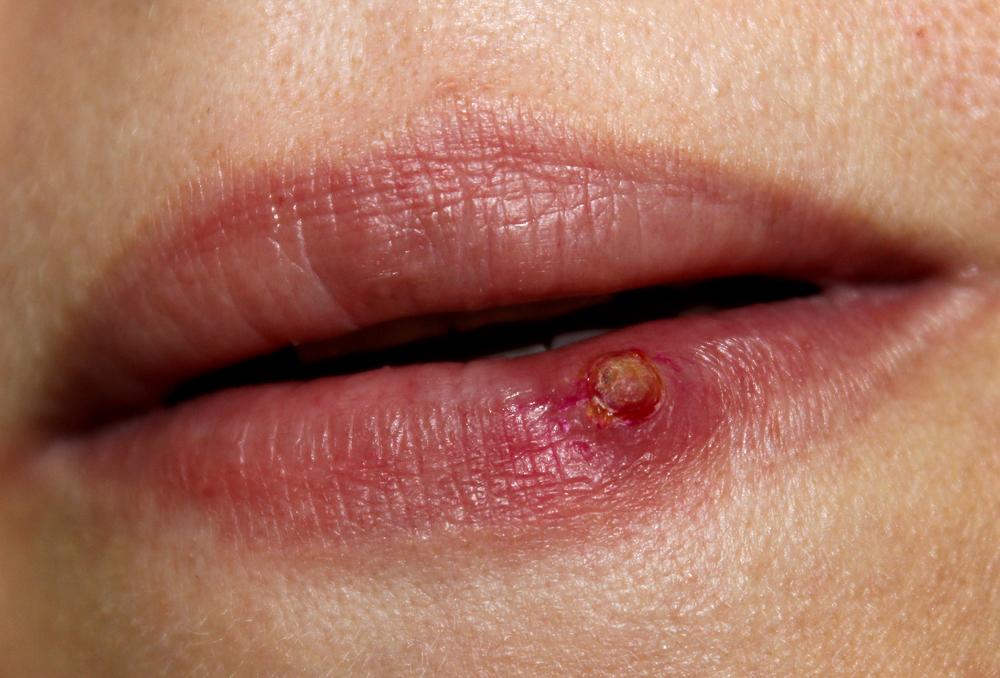Do you know ‘What Does Granuloma Means?’
Recently, researchers have come up with more details about Granuloma.
They explain:
“Granuloma is a cluster (blood cells and other tissues), basically an area of inflammation. It develops in the lungs, on the skin, or even on the head. Fortunately, it is not cancerous (benign).”
Let’s get into more details about granuloma.
Table of Contents
What is Granuloma?
A granuloma is a little nodule that is a cluster of white blood cells or immune cells. Your immune system often responds to different conditions which cause this condition. These conditions include:
- Foreign objects
- Infection
- Inflammation
- Irritants
When these cells form together, it protects against potential diseases. Experts share that granuloma protects by keeping infection in one place from spreading to other body areas and by isolating an irritant to avoid further damage.
What are the Types of Granuloma?
There are its different types, such as:
Skin Granuloma
It has more types, including:
1. Subcutaneous Granuloma Annulare
It forms as one lump underneath the skin, more common in children than adults. But people say it is painless. You may develop it on the legs, scalp, and arms.
2. Perforating Granuloma Annulare
This type appears with a yellow center and often comes as a clear liquid leaking from lumps. These lumps leave scars. You should consult with the best dermatologists to treat these clumps on your skin.
3. Linear Granuloma
It is rare to experience linear granuloma, as it develops on the fingers line.
Foreign Body Granulomas
Foreign body granuloma forms when something penetrates the eye, skin, or any other body area. The causes of foreign body granulomas are bee stings, stitches, spider bites, splinters, injections, irritating substances, etc.
Internal Granulomas
Internal granulomas develop inside your body and may also affect the gut, blood vessels, etc.
What are the Causes and Risk Factors of Granuloma?
There are most causes of granulomas, such as:
Sarcoidosis
Sarcoidosis happens due to a fault in the immune system and is an autoimmune condition. This typically leads to the form of the inside organs. But many people develop these granulomas inside their lungs.
More than one granuloma may lead to improper function of the organs. Such a condition can result in fibrosis and may leave scars.
You may be at risk of developing between the ages of 20 to 40. The other risk factors include being African and European.
Granulomatosis with Polyangiitis
It is not a common disease but is rare to develop. Basically, it is a type of vasculitis and may lead to the development of granulomas in the blood vessels. It does cause difficulty in blood reaching vital organs. You may experience weakness, fatigue, or joint pain as symptoms.
Crohn’s Disease
It is an autoimmune condition that leads to gastrointestinal tract inflammation. Crohn’s disease may bring on different signs and symptoms, like pain, rectal bleeding, diarrhoea, being sick, cramping, etc.
According to NCBI, Crohn’s disease may also lead to granulomas in the gut.
How to Diagnose Granulomas?
Doctors diagnose granulomas in different ways depending on what area it forms. A physical examination helps to diagnose the skin granuloma while doctors may ask some questions about symptoms, order a blood test and genetic test, needle biopsy, etc.
Is There Any Treatment for Granulomas?
Doctors first diagnose the cause as it is important to treat the granuloma. There may be an underlying condition that can lead to these small nodules. Sometimes, these can go away on their own. The main purpose to find the real cause of lumps is to treat the underlying condition or causing factor.
The Bottom Line!
If granuloma does not go on their own, get medical help as it may indicate an underlying autoimmune disorder. Experts from Maroof International Hospital say that Granulomas fight off the potential threats from the rest of the body but they are normal as your body’s immune system responds. They are small clusters of immune cells and may leave scars. You should get treatment for your underlying condition which is causing granulomas.
